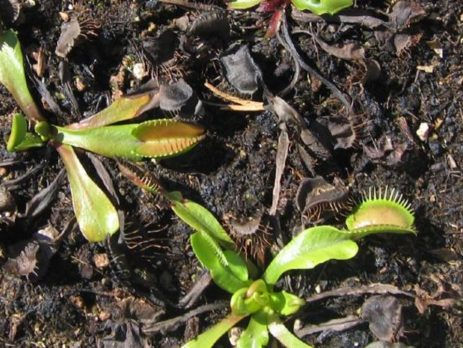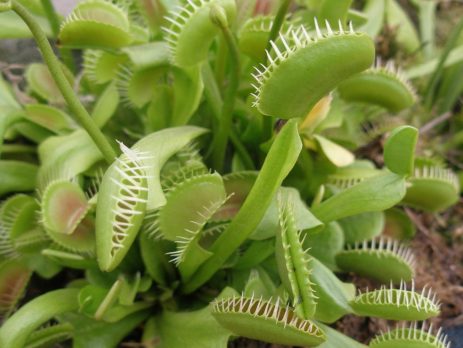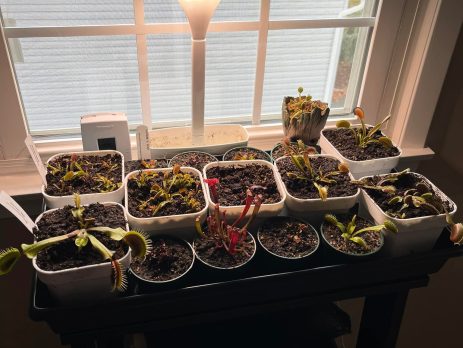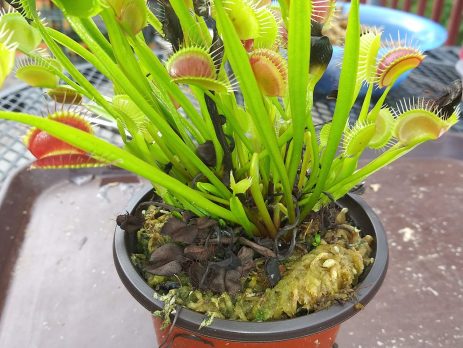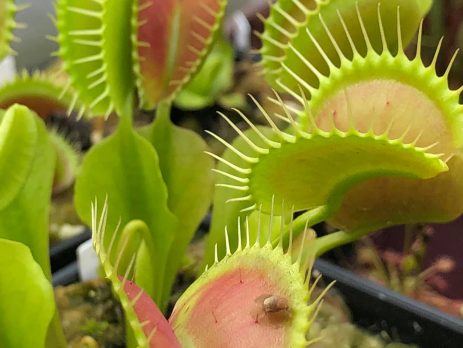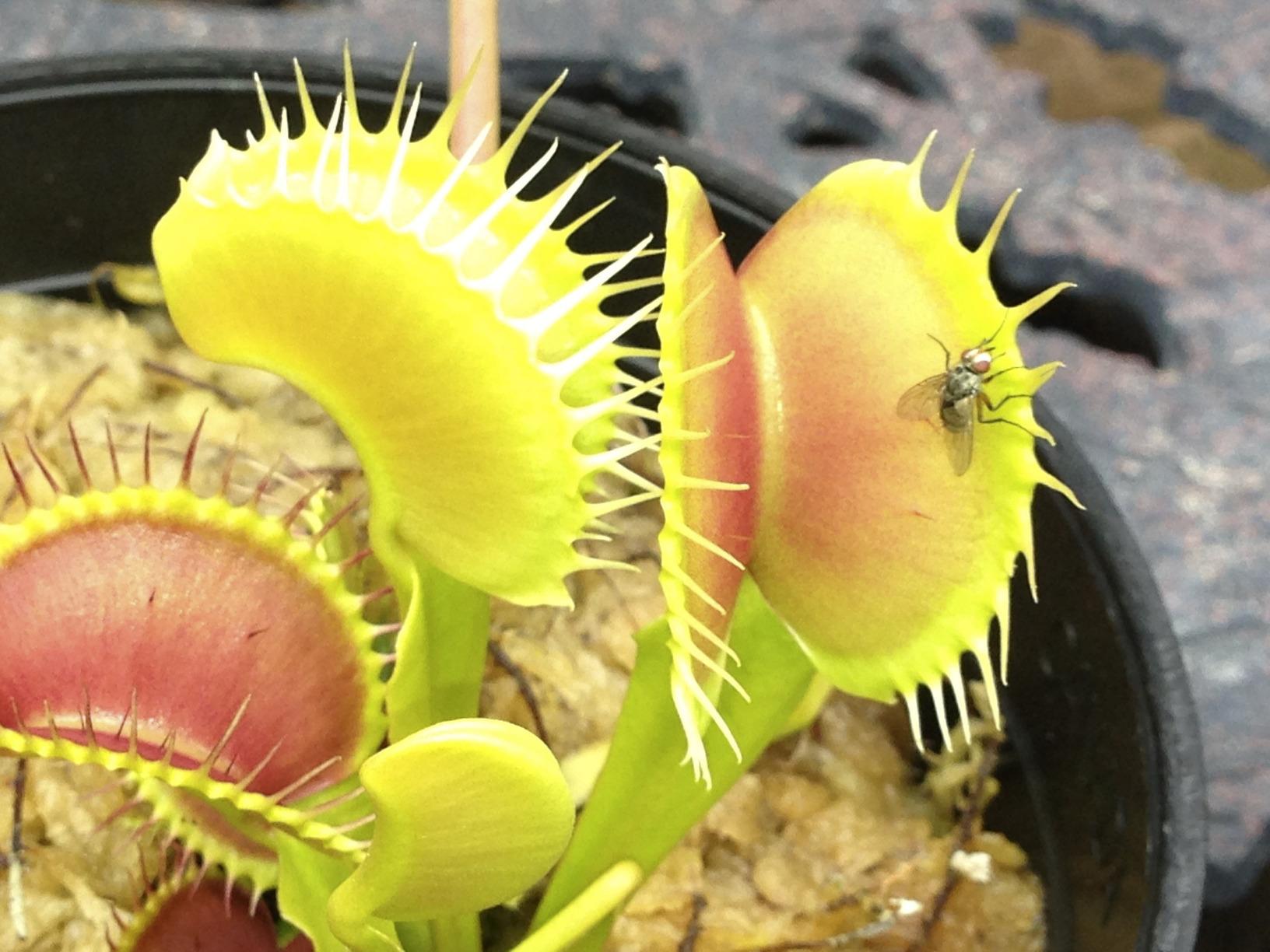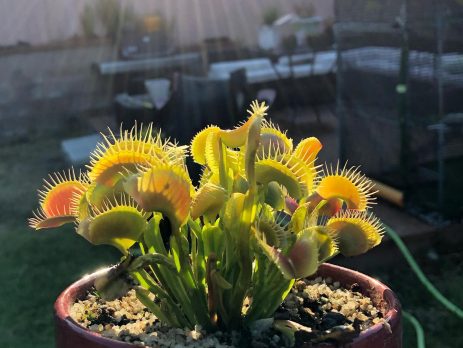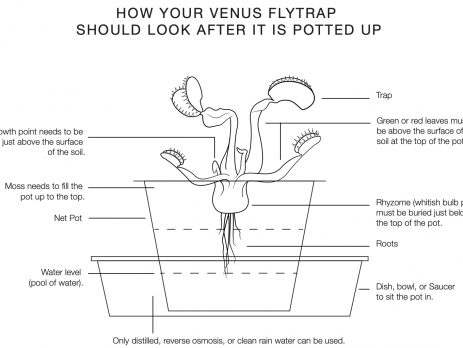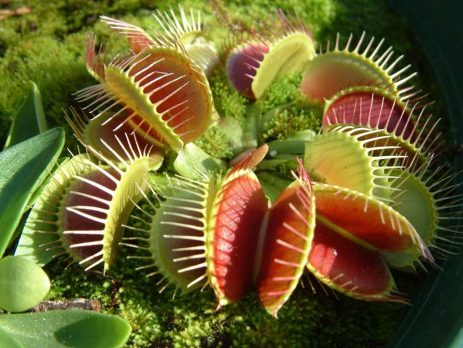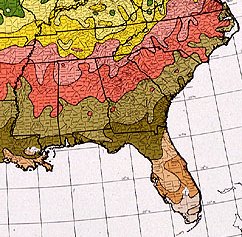Venus Flytrap dormancy requirements
Venus flytraps, like many plants, undergo a period of dormancy during the winter months. This is a natural process that allows the plant to conserve energy and prepare for new growth in the spring. If you're keeping a Venus flytrap in captivity, it's important to provide the right conditions for it to go dormant, as this will help it stay healthy and vigorous. Here's what you need to know about Venus flytrap dormancy requirements in captivity: Temperature: Venus flytraps require a...

